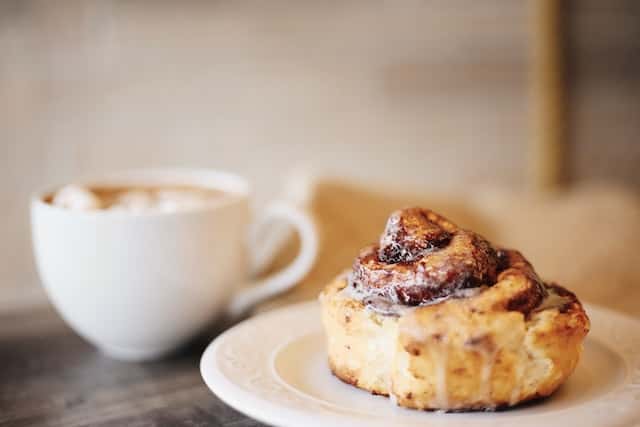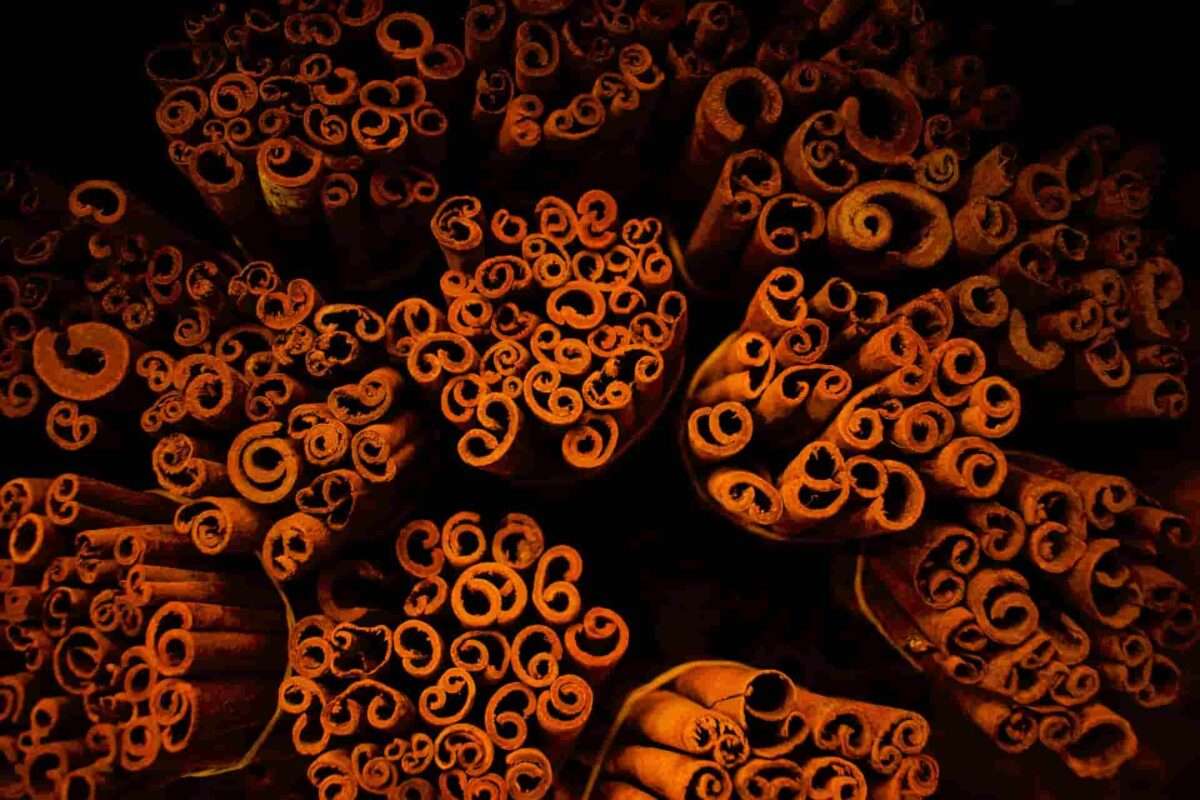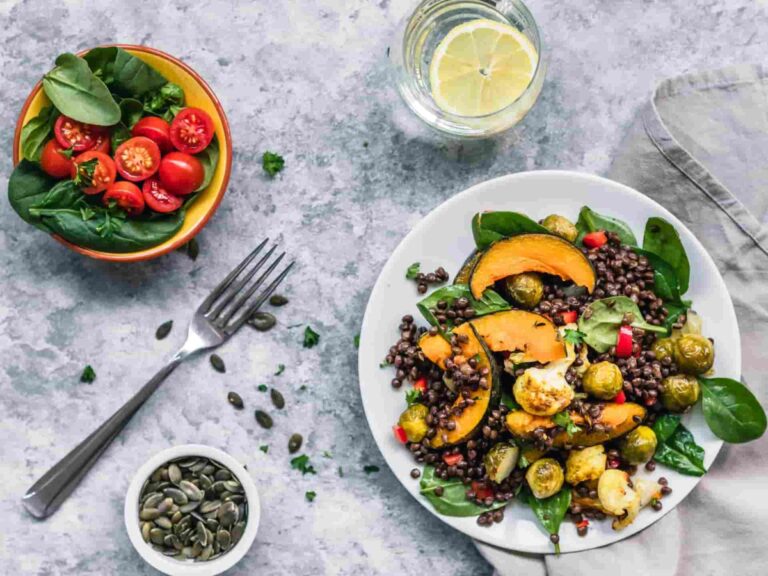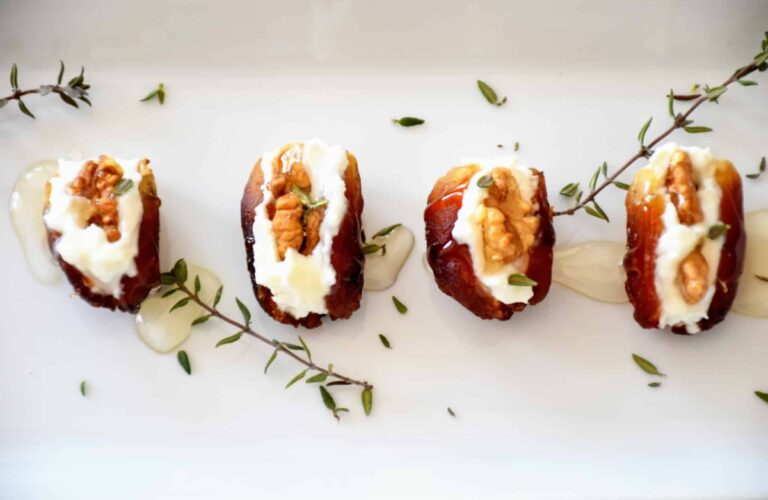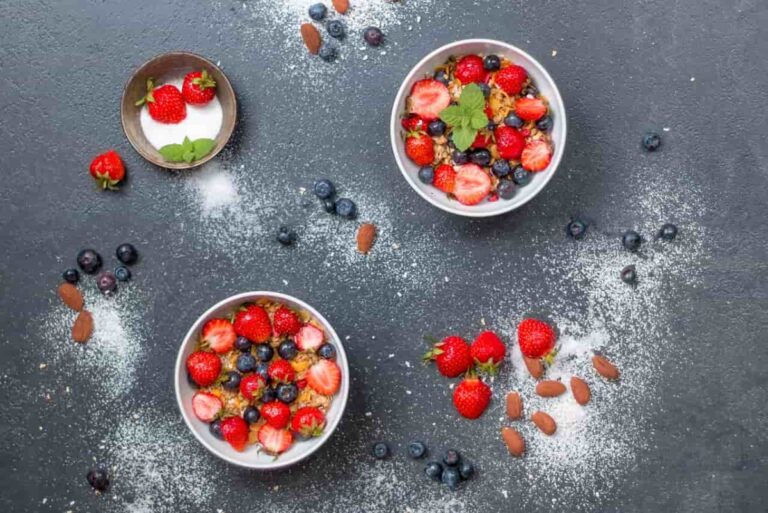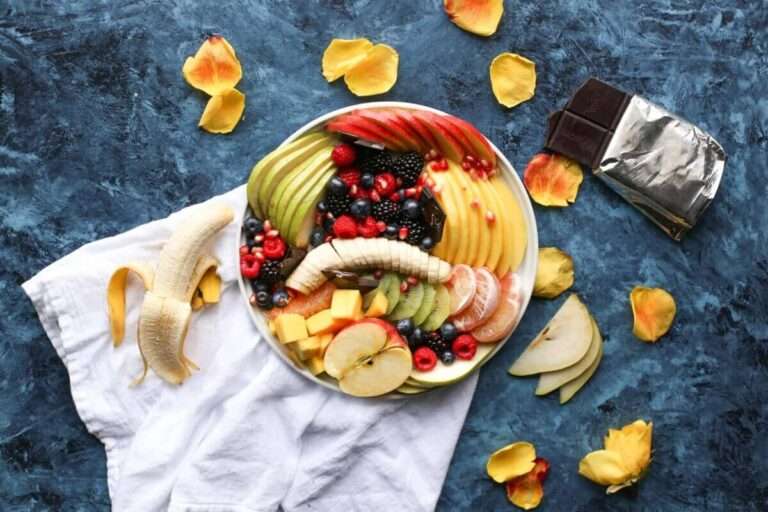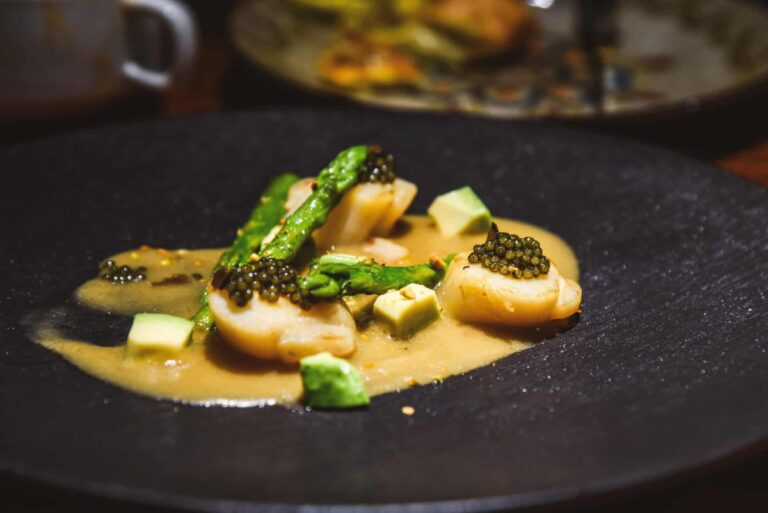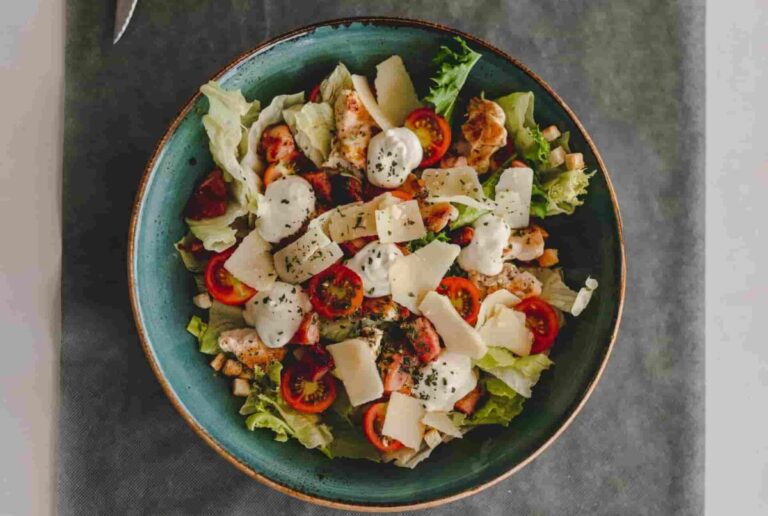Cinnamon 101 – free kitchen insights just for you
Did you know that cinnamon is maybe one of the spices that has been used for the longest time in the history of the world?
- Cinnamon was a very valuable commodity in ancient Egypt, and at one point in history, it was even worth more than gold. Its status in ancient Egypt was comparable to that of saffron in modern times. It was used in a wide variety of applications, from the preparation of food and drink to that of an embalming agent.
- According to Herodotus, Aristotle, and other historians, cinnamon originated in Arabia. Huge birds called “cinnamon birds” are said to have collected cinnamon sticks from an unknown location where cinnamon trees thrived and utilised them to construct their nests.
- In Rome, cinnamon was much too expensive to be used in the funeral pyres of the departed; despite this, it is said that Emperor Nero burned an entire year’s supply of cinnamon at the burial of his wife Poppaea Sabina in the year 65 CE.
- Approximately 90% of the cinnamon type that is used across the globe is produced in Sri Lanka. Cinnamon that is cultivated in Sri Lanka may be found in four distinct kinds, known as scales. These scales range from Alba through Continental and Mexican, and end with Hamburg.
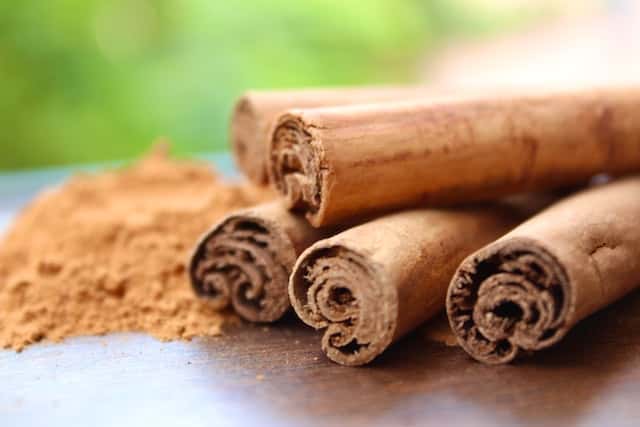
Cinnamon’s nutrition values and health benefits
- One of the most common spices used in kitchens is cinnamon. It has a high quantity of cinnamaldehyde, which is considered to be responsible for the bulk of cinnamon’s beneficial effects on one’s health. When it dries, it forms strips that coil into rolls, and these rolls, which are known as cinnamon sticks in the industry, are what the strips are called. Powdered cinnamon may be produced by grinding cinnamon sticks to a finer consistency.
- It has been shown that cinnamon contains a significant number of powerful antioxidants, such as polyphenols. Antioxidants play an important role in preventing oxidative damage to the body, which may occur when free radicals are present.
- Cinnamon came out on top in an evaluation of the antioxidant capacity of 26 different spices, even beating out so-called “superfoods” such as garlic and oregano. Due to the powerful antioxidant capabilities it has, cinnamon has the potential to be used as a natural food preservative.
- It’s possible that cinnamon will be helpful in resolving this issue. The study indicates that this seasoning, in addition to the antioxidants that it contains, has potent anti-inflammatory properties. Inflammation is a highly important process that takes place in the body. It promotes the repair of damaged tissues, helps prevent infections, and treats infections that have already occurred. On the other hand, inflammation may be harmful to your health if it lasts for a long time and attacks your own tissues. This kind of inflammation is called autoinflammatory disease.
- Recent research has shown that cinnamon consumption is associated with a reduced risk of coronary heart disease, which is the leading cause of mortality in those under the age of 65 throughout the globe.
- Cinnamon has been shown to have beneficial effects on blood markers in people with type 2 diabetes when taken daily at a dosage of 1 g, which is roughly half a teaspoon. This has been shown via clinical trials. It reduces total cholesterol, “bad” LDL cholesterol, and triglyceride levels while maintaining or increasing levels of “good” HDL cholesterol. Triglyceride levels are not affected by this medication.
- When taken in doses of 1–6g or 0.5–2 teaspoons per day for a period of time, cinnamon has been shown to significantly improve sensitivity to the hormone insulin and to lower fasting blood glucose levels, demonstrating a powerful anti-diabetic impact. This occurs when the cinnamon is consumed for an extended period of time.
- According to the World Health Organisation, cinnamon is one of the most flavourful spices in the world in addition to being one of the healthiest.
- There are a few extra significant health benefits, such as the capacity to control one’s blood sugar levels and a reduction in the risk factors associated with cardiovascular disease.
- Be careful to use cinnamon from Ceylon, and if you must use cinnamon from Cassia, use just a very small quantity of it.
100g of raw cinnamon has 247 calories(1033kj), 4g protein, 0g fat, and 81g carbs including 53g fibre.
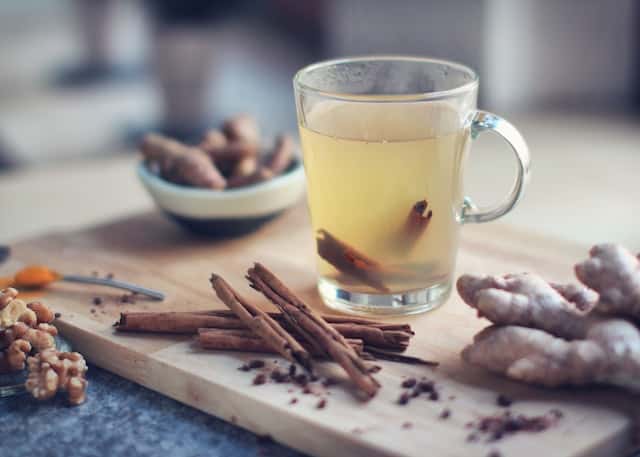
How to store cinnamon and how to buy them
- Cinnamon has a taste that is both warm and sweet, as well as a scent that is quite strong. Cinnamaldehyde is responsible for cinnamon’s flavour and fragrance. In addition to being the primary component of cinnamon’s essential oil, it is also one of more than 80 aromatic chemicals. The taste of cassia is more robust than the flavour of genuine cinnamon, which is more mild and sometimes has flowery overtones.
- In the department of the grocery store devoted to spices, cassia may be found both in its ground form and in the shape of cinnamon sticks. True cinnamon is often sold under the brand name “Ceylon Cinnamon,” and it is more likely to be found at specialist spice shops or gourmet grocery stores. You may get either kind of cinnamon from an internet retailer.
- Keeping other ground spices, such as chilli powder, in an airtight container is the same as keeping ground cinnamon, so there is no difference between the two. In other words, you need to make sure that it is kept in a location that is dark, cold, and out of the way of any sources of heat or direct sunlight.
- If you have anything that hasn’t been used yet, the pantry is probably the ideal place to put it. After you have used it, you will most likely want to keep it within easy reach, so storing it in a cabinet in the kitchen is the best choice among the many options for a place to store it.
- You should attempt to store it in a container that can be sealed, even if it did not come in a container that could keep air out. If you want to keep the cinnamon for a significant amount of time, this is a very important step to take.
- On the label of the vast majority of ground cinnamon packets can be found a date that reads “best-by” or “best-before,” and this is true for virtually all of them. This date indicates how long, at the very least, the product ought to be deemed to remain in excellent condition after it has been purchased.
- On the other hand, due to the fact that ground cinnamon is a powdered spice, it may be kept forever beyond the date it was originally intended to expire. On the other hand, similar to how other spices deteriorate with time, it’s probable that its flavour may change in some way as time passes.
- When compared to ground cinnamon, cinnamon sticks keep their flavour for a much longer period of time than the powdered kind does. This also holds true for other types of spices, such as nutmeg in its complete form. This indicates that the sticks will keep their flavour and smell for around three to four years after purchasing them.
- Much like other powdered spices, cinnamon that has been ground into a powder will remain fresh until it is exposed to water. If you see any indication of mould, any other organic growth, damp areas, or huge clumps of the spice, you should get rid of it as soon as possible. All of these things go in the direction of the conclusion that the cinnamon was exposed to water. If the powder seems to be very fine, you should not have any concerns about using it.
- You may test to see whether the cinnamon still has any flavour by rubbing a pinch of it between your fingers, then tasting and smelling it to see if it still has any. When it is at its peak, fresh cinnamon exudes a heady, sugary aroma and has a flavour that is both subtly sweet and subtly spicy. In most cases, it is advisable to start with a brand-new box until both the smell and the taste have become utterly indiscernible.
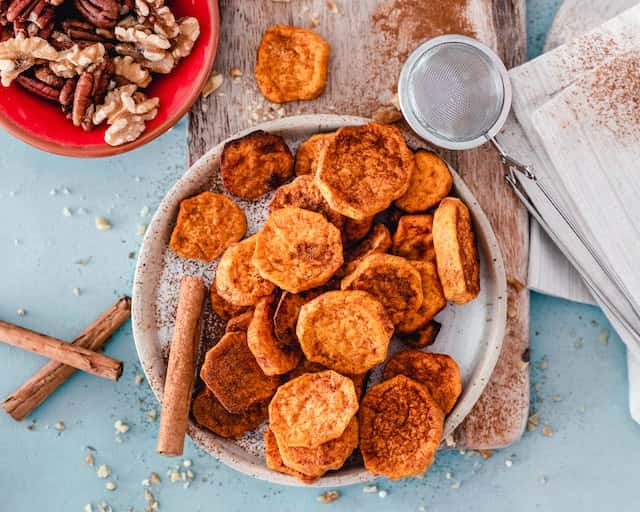
Cooking techniques, secrets, and tips from the kitchen
- In addition to being the signature flavour of many baked goods, cinnamon may also be found in fan favourites like baklava, churros, and cinnamon buns. Cinnamon is a member of the ginger family. And when it is combined with other ingredients to make a homemade pumpkin spice mix, it is used in a wide range of baked items, including pies, cookies, and sweet breads.
- You may bring out the flavour of a pastry glaze by adding a pinch of it, or you can mix it with cream cheese to make a delicious frosting that you can spread over fresh rolls or carrot cake. Yummy! Alternately, you might include it in the filling of a pie, such as a blueberry pie, to add a little bit of warmth to the fresh and delicious fragrances that are already present in the dish.
- It is a delightful complement to the morning breakfast routine when it is added to cereal, granola, oats, or yoghurt. Additionally, it is excellent when it is sprinkled on whole-grain toast or mixed into the batter for waffles or pancakes.
- Also, it is wonderful when paired with fruits such as applesauce, stewed rhubarb, and baked pears. It is also delicious when combined with honey and drizzled over a plate of sliced bananas, kiwis, oranges, and strawberries, among other things.
- In a scrumptious manner, it also brings out the flavours of a variety of vegetables, such as roasted root vegetables, baked squash, or carrots, for example. It is a common component in the cuisines of Asia, the Middle East, and North Africa, and it is used in a broad range of savoury dishes on a regular basis as an ingredient.
- It is traditionally used in vegetable soups, but when fried in a pan, it also imparts flavour to vegetable hash, stuffed aubergines, and stuffed peppers. This herb is not only utilised in the kitchen but is also quite popular for adding flavour to grains such as rice and couscous. This seasoning is often used in dishes from throughout the world, including curry, chilli, and a substantial stew from Morocco.
- The flavour of cinnamon may be discovered in a wide range of beverages, including eggnog, mulled cider and wine, punch, chai and other spicy teas, smoothies, eggnog, and winter coffees, to name just a few of these options. In addition to cinnamon-flavoured whiskey in the United States, cinnamon may also be found in the Greek brandy Rakomelo, which also has a cinnamon flavour and is popular in certain regions of Greece.
- In addition to being used in a wide range of spice blends, sauces, and spreads, cinnamon is also used in a number of other applications. It is a common component in spice mixes, including but not limited to Chinese five spice powder, curry powder, garam masala, Jamaican jerk blends, pumpkin spice mix, and Ras el Hanout, amongst others.
- In addition, it gives chutney, fruit confit, marmalade, or jams and jellies – such as plum or blueberry jam – a wonderful zing without masking the flavour of the other ingredients.
- Sometimes called “cinnamon schnapps”, it is a kind of sweet liqueur that often has the flavour of hot cinnamon candies, but there are certain varieties that have more of a cinnamon roll flavour. The contents and method of production are different for each brand; many of them employ artificial flavouring and colouring. The United States and the nations of northern Europe account for the vast majority of its production as well as its consumption. Cinnamon schnapps has a flavour that is both sweet and comforting, which makes it difficult to say no to, even after just one sip. It is important to differentiate between cinnamon schnapps and the many cinnamon whiskey liqueurs that are on the market.
- Apples, almonds, apricots, bananas, blueberries, chicken, pears, and compotes are some of the many fruits and vegetables that go particularly well with cinnamon. A variety of breakfast foods, including pancakes, French toast, yoghurt, oatmeal, and rice. This ingredient’s flavour blends well with the flavours of other spices, including cloves, coriander, and cumin. Additionally, ginger, nutmeg, and turmeric are excellent complements to it.
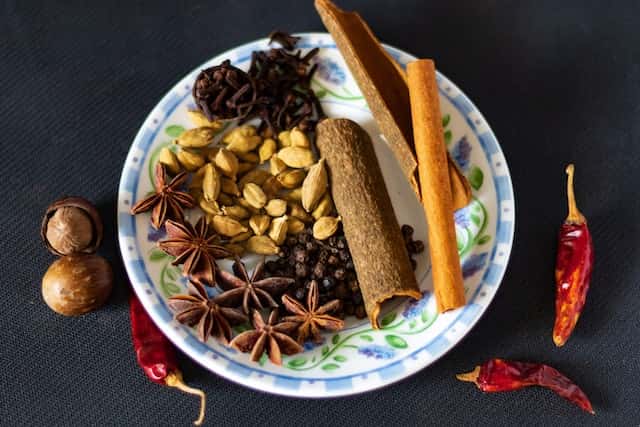
History of cinnamon from the beginning until today
- Cinnamomum zeylanicum, often known as true cinnamon, is native to Ceylon (now known as Sri Lanka), and references to it can be found in Chinese manuscripts dating back to 2800 B.C. Even in modern times, speakers of Cantonese will continue to refer to it as kwai. The name “Amomon” comes from a combination of Hebrew and Arabic words that mean “fragrant spice plant.” This gives the name its literal meaning.
- The ancient Egyptians used cinnamon in the embalming process in order to preserve the body of the deceased.
- When writing in the first century A.D., Pliny the Elder calculated that 350 ounces of cinnamon were worth more than five kilogrammes of silver, which is almost fifteen times the value of silver per gram.
- Cinnamon was used by mediaeval physicians as a remedy for the treatment of a wide range of conditions, including coughing, difficulties breathing, and sore throats.
- As a sign of his sorrow for the passing of his wife, the Roman Emperor Nero issued an order to consume all of the cinnamon that had been stored for the next year.
- Because it contains phenols, which prevent the development of bacteria that cause food to go bad, the spice was also highly valued for its ability to preserve meat. These phenols were responsible for the spice’s reputation. The strong aroma of cinnamon helped to mask the smell of stale food, which was an additional advantage of using it.
- The Italian word for cannon, canella, literally translates to “little tube,” which is an appropriate way to describe cinnamon sticks. The Italians borrowed the name “canella” from their own word for cannon.
- In the 17th century, the Dutch overtook the Portuguese and acquired control of Ceylon, which at the time had the largest cinnamon supply in the world. As part of the process of taking control of Ceylon, the Dutch forced an impoverished labourer caste known as the Chalia to accept exorbitant quotas. When the Dutch found out that there was a source of cinnamon off the coast of India, they bribed and coerced the local monarch into destroying the whole supply. This allowed the Dutch to maintain their monopoly on the very expensive spice.
- In 1795, England took Ceylon back from the French, who had seized it the year before as a prize for their victory in the Revolutionary Wars against the Dutch. This triumph occurred during the previous year.
- By the year 1833, the cinnamon monopoly was already beginning to fall apart as a result of the discovery by other countries that cinnamon could be easily farmed in previously unexplored regions such as Java, Sumatra, Borneo, Mauritius, Réunion, and Guyana.
- Cinnamon is being grown commercially in an expanding number of tropical regions, including South America, the West Indies, and the Caribbean.
